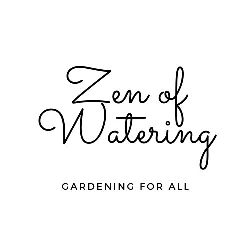Texas, with its vast landscapes and diverse climates, often faces water scarcity challenges, making xeriscaping a sensible and sustainable landscaping choice. Xeriscaping is a water-efficient landscaping method that embraces native and drought-tolerant plants, reducing water consumption while maintaining a vibrant and visually appealing outdoor space. In the Lone Star State, where arid conditions are not uncommon, choosing the right plants for xeriscaping is crucial. This article explores the best plants for xeriscaping in Texas, offering a comprehensive guide for homeowners and landscapers seeking both beauty and water conservation in their gardens.
Best Plants for Xeriscaping in Texas
Lantana (Lantana camera):
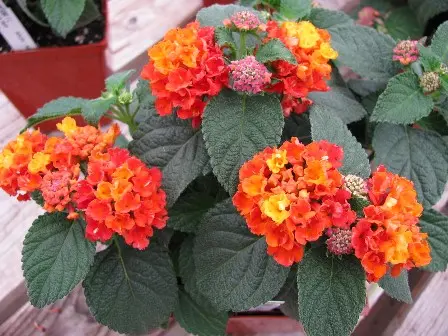
Lantana is a hardy, drought-tolerant perennial that thrives in Texas’s hot and dry climates. With its vibrant clusters of red, orange, yellow, and pink flowers, Lantana adds a burst of color to xeriscaped gardens. These low-maintenance plants attract butterflies and hummingbirds, contributing to a lively and eco-friendly outdoor space.
Agave (Agave spp.):
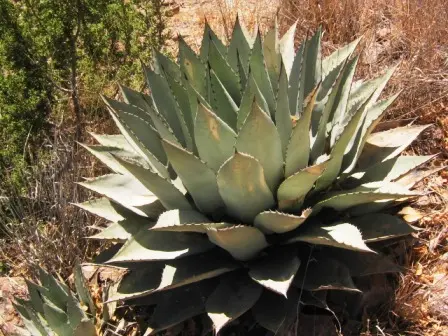
Agave, often referred to as the century plant, is an iconic succulent that perfectly suits Texas xeriscapes. Its striking rosette shape and unique leaf patterns make it a focal point in any garden. Agave is well-adapted to the harsh conditions of Texas, requiring minimal water and maintenance. Varieties like Agave parryi and Agave americana thrive in the state’s arid regions, adding a touch of southwestern charm to your landscape.
Black-Eyed Susan (Rudbeckia hirta):
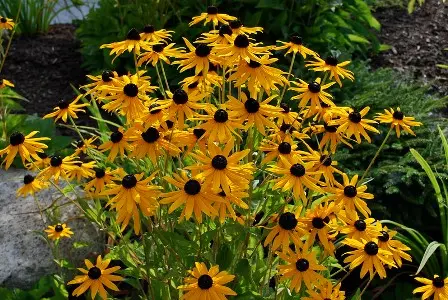
Black-Eyed Susan is a native wildflower that flourishes in Texas’s xeriscaping projects. Known for its golden-yellow petals and distinctive dark center, this perennial adds a touch of warmth to the landscape. It is drought-tolerant, attracts pollinators, and reseeds easily, making it a practical and beautiful choice for low-maintenance gardens.
Red Yucca (Hesperaloe parviflora):
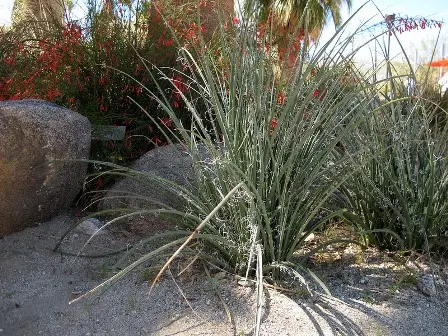
Despite its name, Red Yucca is not a true yucca but shares similar characteristics. This evergreen perennial boasts slender, arching leaves and tall flower spikes with tubular, coral-red flowers. Red Yucca is well-suited for Texas xeriscapes, thriving in well-drained soil and requiring minimal watering once established. Its striking form and ability to attract hummingbirds make it a popular choice for water-wise landscaping.
Salvia (Salvia spp.):
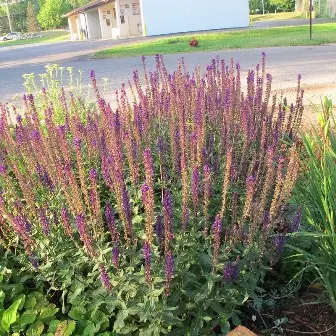
Salvia, or sage, is a diverse genus that includes many drought-tolerant species ideal for Texas xeriscaping. Salvia greggii, also known as Autumn Sage, features vibrant red, pink, or purple flowers and thrives in full sunlight. Another excellent choice is Mealycup Sage (Salvia farinacea), known for its striking blue spikes. Salvias are not only water-efficient but also attract bees and butterflies, contributing to a balanced and thriving ecosystem.
Texas Sage (Leucophyllum frutescens):
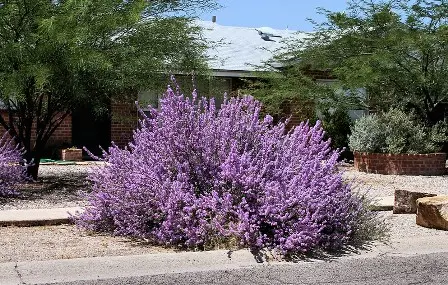
As the name suggests, Texas Sage is well-adapted to the state’s challenging climate. This hardy evergreen shrub features silvery-gray foliage and produces tubular lavender, pink, or white flowers after rainfall. Texas Sage is drought-tolerant and requires minimal maintenance, making it an excellent choice for xeriscaping projects, especially in regions with poor soil quality.
Echinacea (Echinacea purpurea):
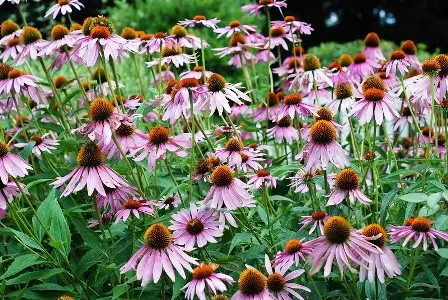
Known for its medicinal properties, Echinacea, or Purple Coneflower, is a resilient and water-wise perennial. Its distinctive purple petals and raised cone-shaped center add texture and color to xeriscaped gardens. Echinacea is not only drought-tolerant but also attracts pollinators, making it a valuable addition to eco-conscious landscapes.
Gulf Muhly Grass (Muhlenbergia capillaries):
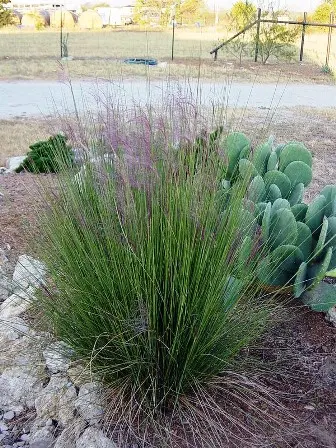
For those seeking ornamental grasses for their xeriscapes, Gulf Muhly Grass is an excellent choice. This native grass features delicate, feathery pink or purple plumes in the fall, creating a stunning visual display. Gulf Muhly Grass is well-adapted to Texas’s heat and requires minimal watering once established, making it a graceful and water-efficient option for landscape design.
Cenizo (Leucophyllum candidum):
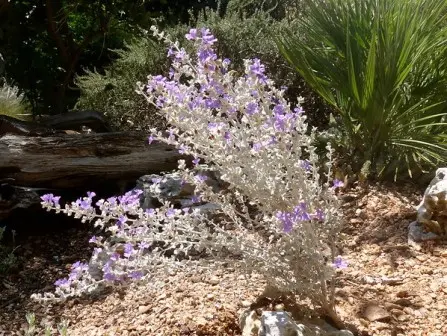
Cenizo, also known as Texas Ranger or Silverleaf, is a drought-tolerant shrub that thrives in the alkaline soils of Texas. This low-maintenance plant is known for its silvery-gray foliage and produces tubular purple flowers after rainfall. Cenizo is well-suited for xeriscaping, providing year-round interest and resilience in the face of challenging weather conditions.
Esperanza (Tecoma stans):
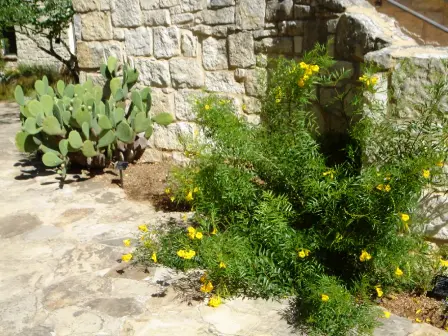
Esperanza, or Yellow Bells, is a heat-tolerant and drought-resistant shrub that brings vibrant yellow flowers to xeriscaped gardens. This fast-growing perennial adds a splash of color and elegance to the landscape. With its ability to withstand the intense Texas sun, Esperanza is a reliable choice for those looking to create a water-efficient and visually appealing garden.
Conclusion:
Xeriscaping in Texas presents an opportunity to create stunning landscapes that thrive in the face of water scarcity. By carefully selecting plants that are well-adapted to the state’s arid conditions, homeowners and landscapers can achieve both aesthetic beauty and environmental sustainability. The plants mentioned in this guide are not only water-efficient but also celebrate the unique and diverse flora that can flourish in the Lone Star State. Embracing xeriscaping is not just a landscaping choice; it’s a commitment to conserving water and fostering a resilient and vibrant outdoor environment for years to come.
MORE POSTS:
